
LEARN ALL ABOUT LASERS 21-30
Laser Display Safety
The content of this page provides general information and subjective opinions of the various content contributors and is designed for informational purposes only.
21.
How important is laser safety?
Maintaining laser safety should be the most important aspect of any laser show presentation. Lasers can create very impressive effects, but those effects must remain safe throughout the presentation.
If you fail due to an aspect of your laser show production, the only things affected are your credibility and maybe your wallet.
If you fail in laser safety, the consequence can be more severe, with the potential of causing somebody a permanent eye injury.
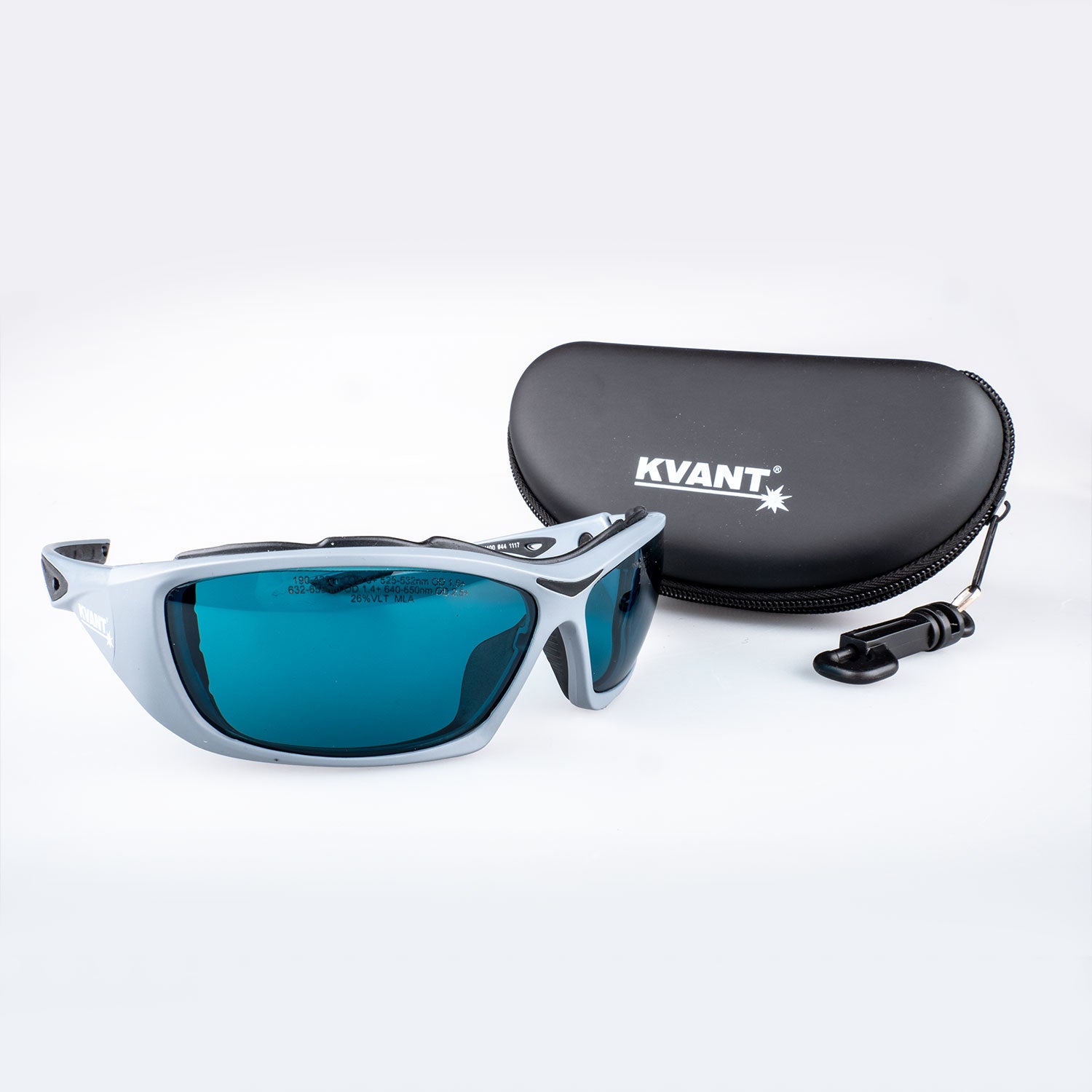
The laser protection goggles may be handy when working with lasers.
22.
Why are lasers dangerous?
The laser light is coherent, meaning that all the energy travels in the same direction and phase, unlike sunlight or light from a light bulb.
This enables laser light to remain concentrated over long distances, which is what makes it look so impressive for lighting effects, but if used without care, laser light can present an exposure risk for direct viewing.
In such instances, the human eye has the ability to focus this light onto a super-tiny spot on the retina, meaning even just a few milliwatts of laser light could cause permanent eye injury.
23.
Legal obligations of laser users in Europe.
Laser equipment in Europe must conform to the laser product safety standard EN 60825, which must be supplied with specific safety features.
Kvant works hard to ensure our laser projectors meet this standard.
Anyone using lasers and exposing others to laser radiation is legally responsible for their actions.
European law prohibits exposing others to excessive laser radiation where excessive means exceed the Maximum Permissible Exposure (MPE) limits.
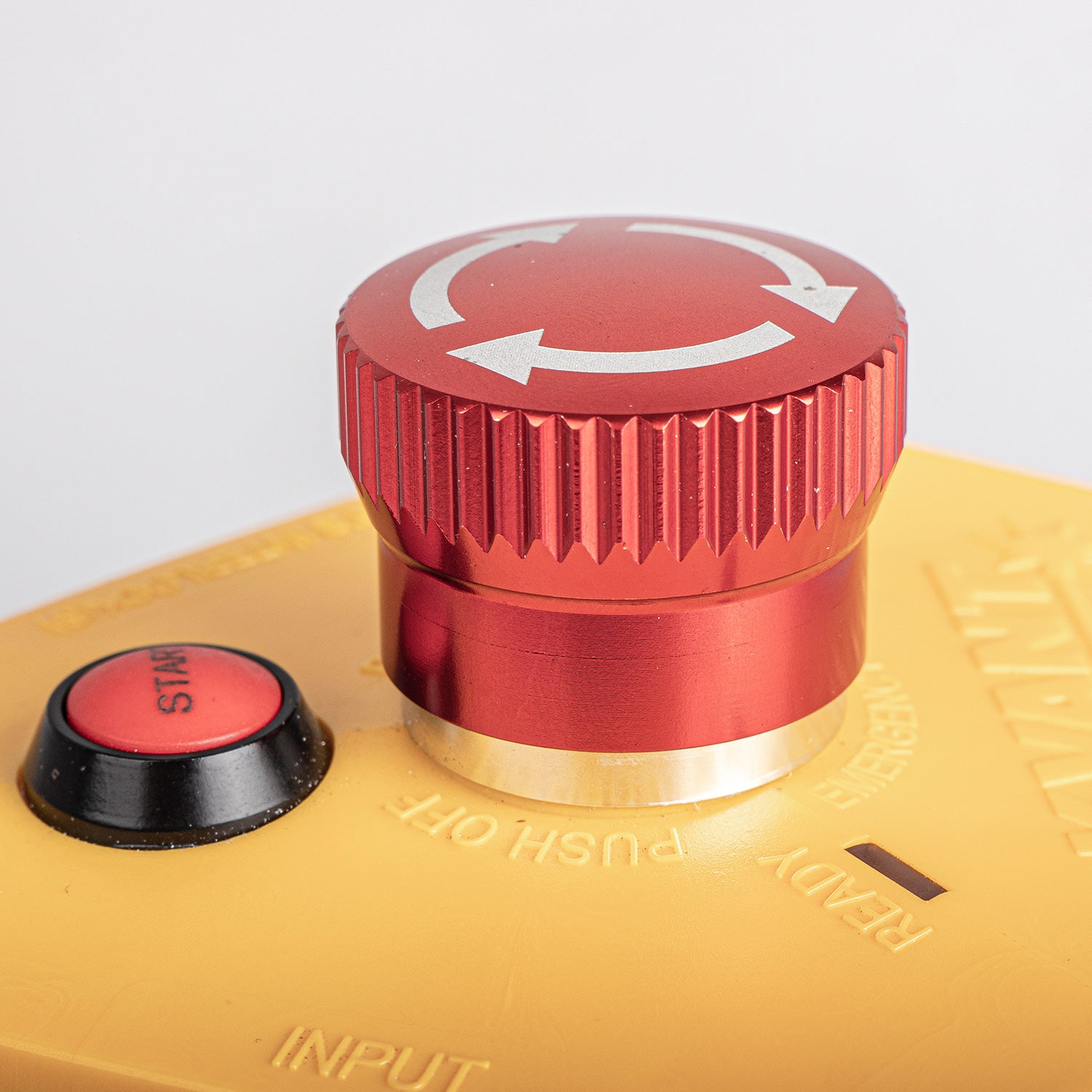
The Emergency STOP is one of the essentials required by law. Believe us when we say the chances you will need it are greater than you might think.
24.
Basic laser safety terms.
Audience Scanning is when laser light or its reflections are directed towards the heads of the audience. An extensive amount of knowledge, experience, and the right testing equipment is necessary to correctly assess laser safety to perform audience scanning safely.
Maximum Permissible Exposure (MPE) is the maximum amount of visible laser radiation considered not to cause harm for a given exposure time.
In many European countries, these exposure limits may also be a legal requirement.
The MPE is 25.4W/m2 for a period of 250 milliseconds, equivalent to 1mW over a 7mm circular aperture (the size of the human pupil).
It is possible to apply higher limits for shorter exposure durations, such as when the beam is scanning fast and has a suitable scan-fail detector.
Exposure levels above 25.4W/m2 are higher risk, so it must be used with care and proper understanding of what is still acceptable.
Nominal Ocular Hazard Distance (NOHD) is the distance between you and a laser projector that is considered safe if you are hit by a single beam at full power for less than 250ms.
For example, our low-power laser projector Clubmax 3000 FB4 outputs 3000mW of laser power.
The NOHD of this small system is for a stationary beam 1227m. Yes, 1227 metres! It is correct.
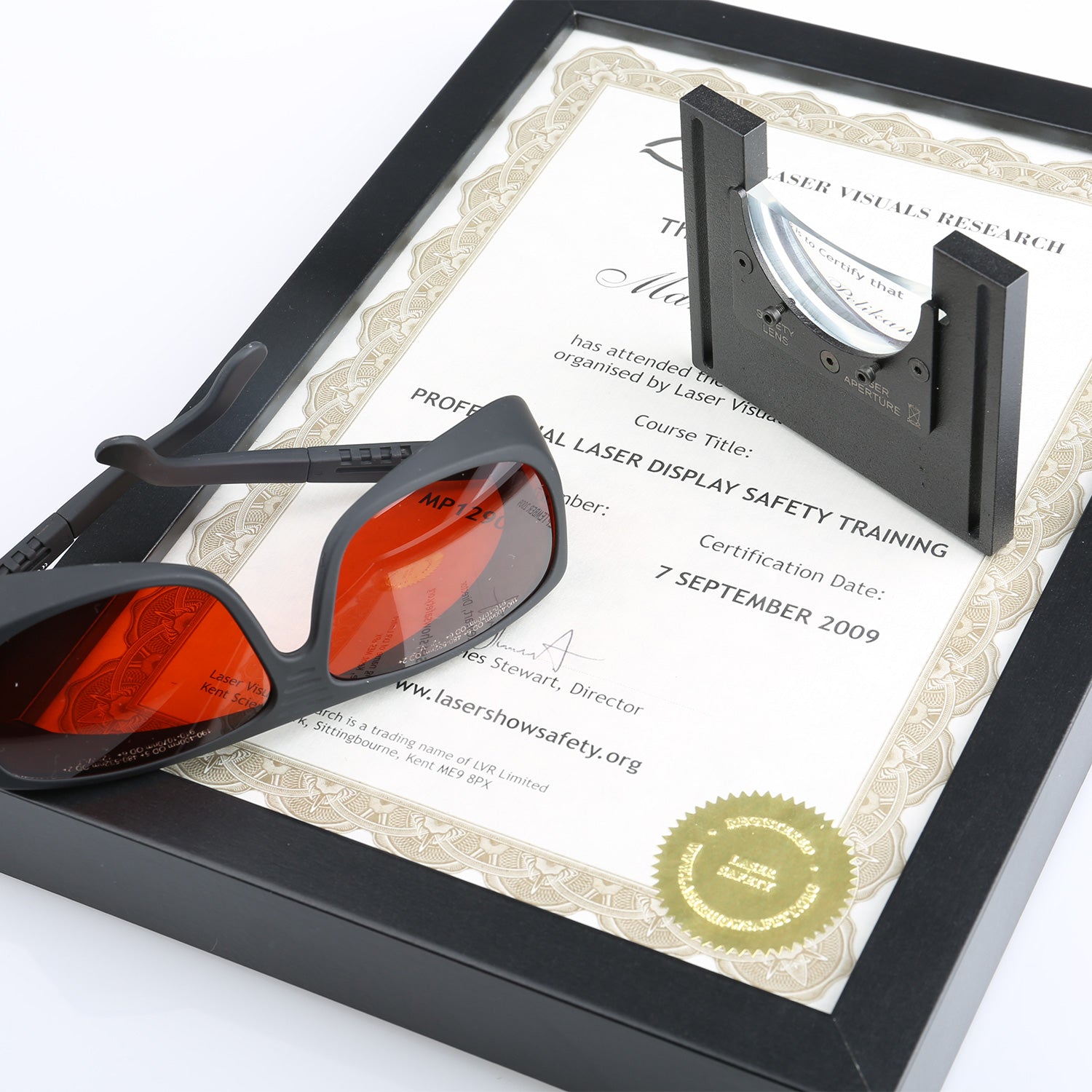
Understanding these basics is so important. In fact, it is more important than having a laser or knowing how to turn it on.
25.
Where to place a laser projector?
There are established rules about how and where to position any laser system.
The most important is to place the system so that the vertical separation distance between any over-the-MPE effect and the highest point of audience access is no less than 3m.
The horizontal separation distance should be no less than 2.5m from any publicly accessible area if the effects are over the MPE.
The laser system must be securely attached so that no accidental movement is possible.
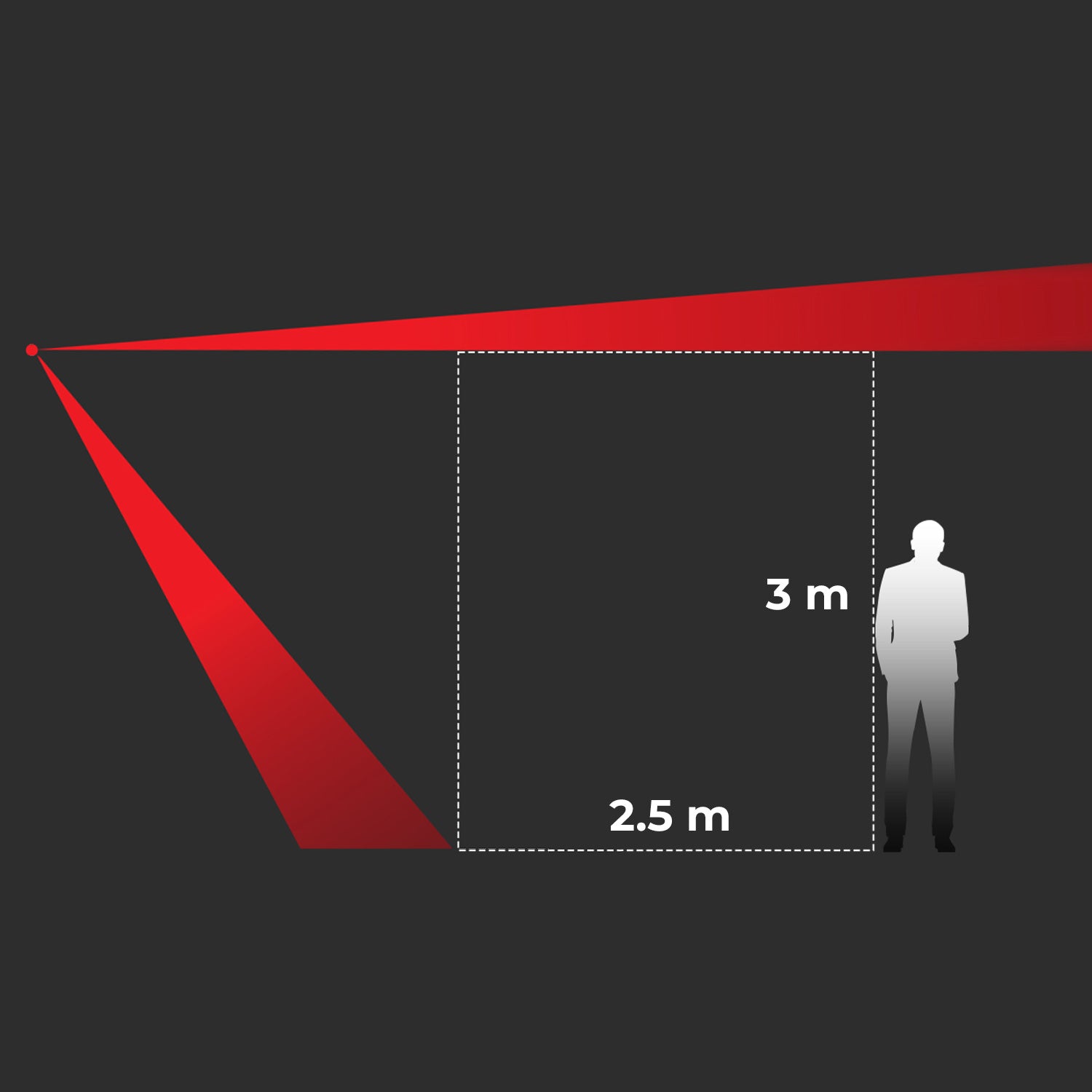
Why so high? Because of "HANDS UP IN THE AIR!" - even glass on a wristwatch can reflect the laser beam to somewhere dangerous.
26.
Laser pointers - a big issue!
We all know how dangerous laser pointers are when pointed at aircraft.
If the authorities catch you aiming any laser at an aircraft, you will most likely go to jail, regardless of whether it was only a laser pointer or a powerful laser system.
Laser pointers are hazardous in the hands of those who play with them in public, thinking it's fun. Many of these pointers produce enough power to cause dazzle or permanent eye injury to anyone who is quite a long distance away.
NEVER LOOK INTO THE LIGHT OF ANY LASER POINTER!
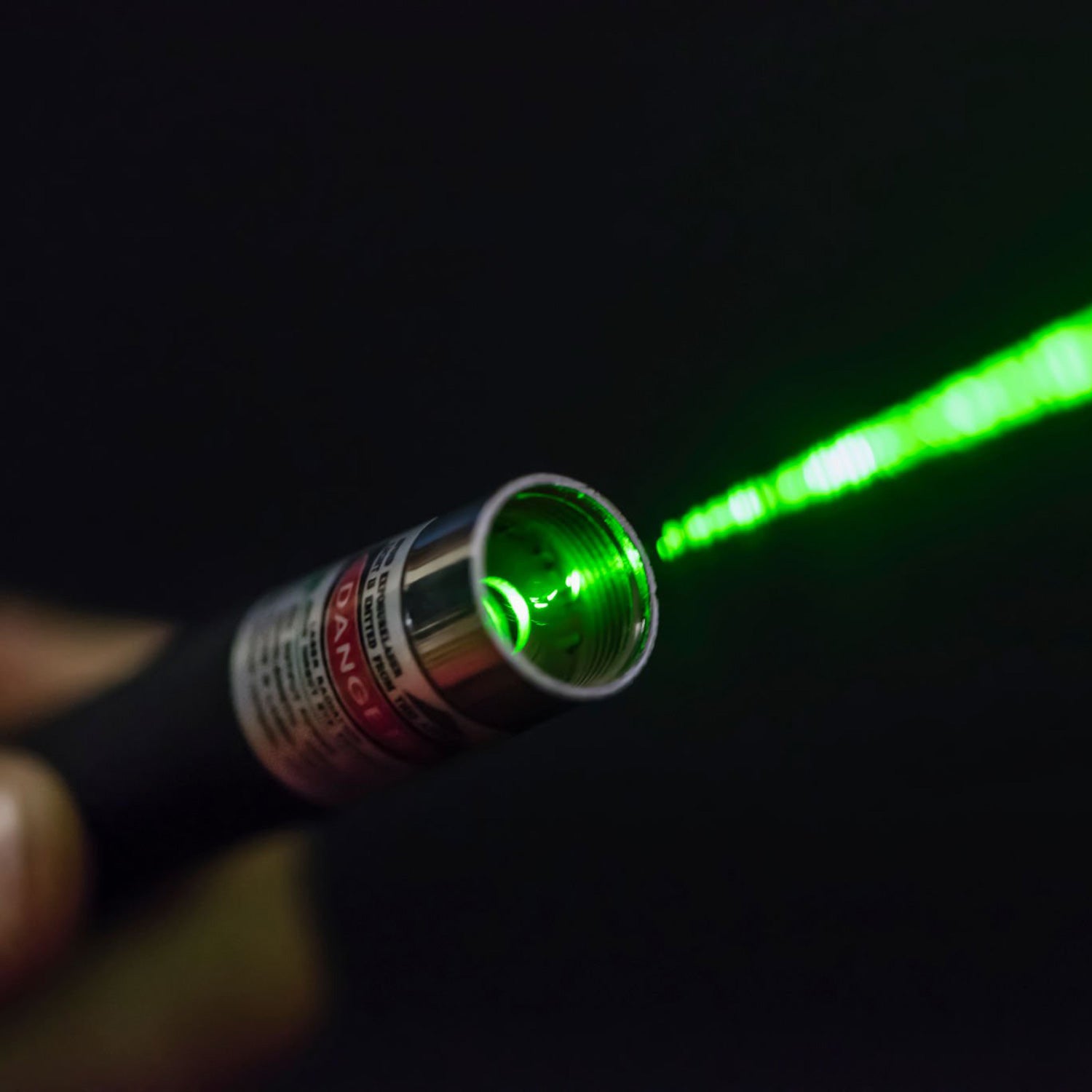
Laser pointers can be great fun but can also cause serious damage to someone incredibly easily. A split second is all it takes.
27.
Laser Display Safety Record.
For every event where lasers are used, you should prepare a document that covers Laser Safety for that particular installation and/or show production.
This document should be submitted to the venue owner/manager and the local Laser Safety Officer (LSO), who should sign it off.
This should demonstrate that everything was done per the latest legislation and that what you plan to do is safe for your audience.
It would also help you if someone ever falsely accuses you of causing laser-related damage to people or property.
28.
Safety Scan lenses.
Our Safety Scan lenses are compatible with all KVANT laser systems.
They increase the divergence of laser beams and thus reduce the power density of the light, helping to make audience scanning safer.
Using these lenses does not mean the show is safe, so make sure you fully understand how they work.
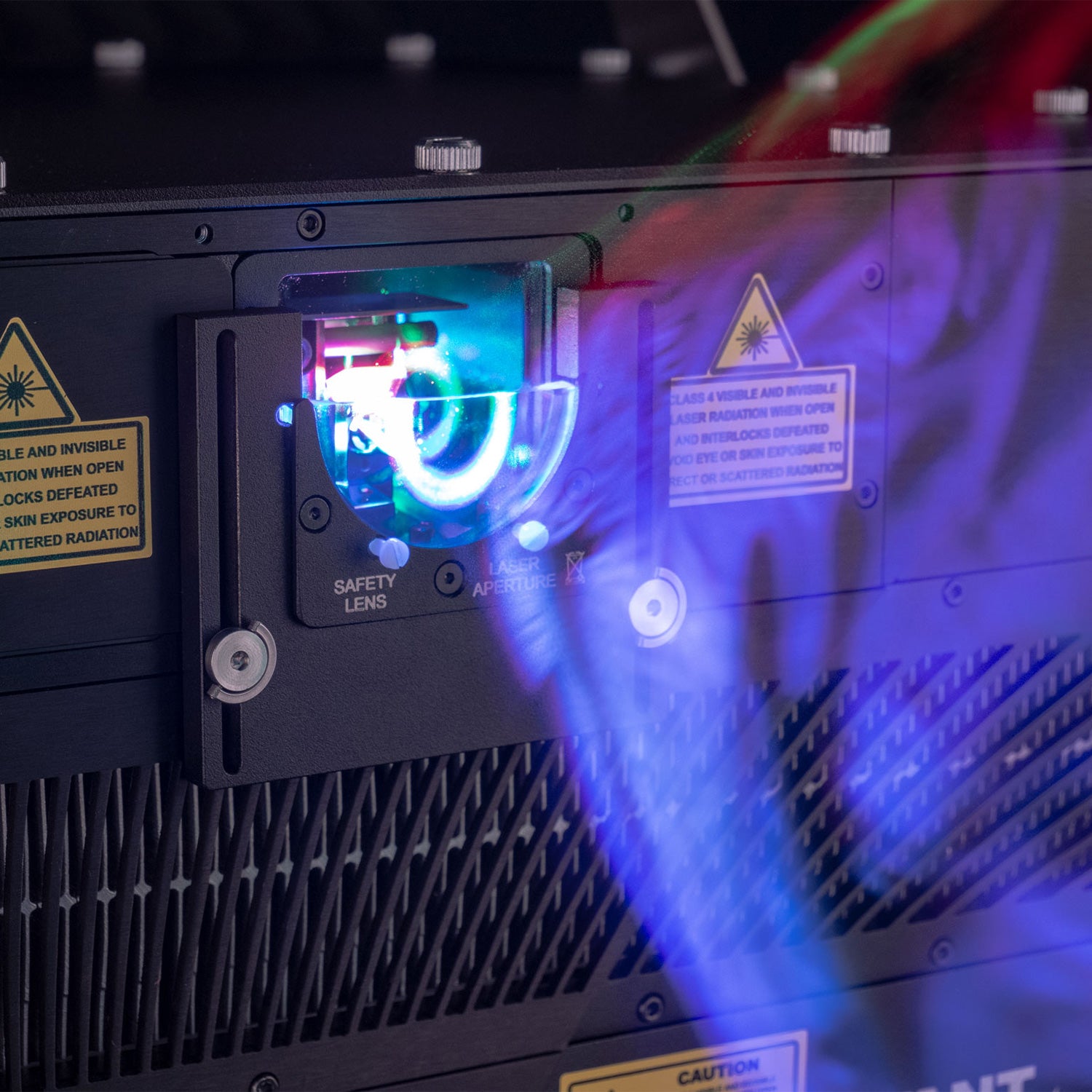
These are perhaps the safest and easiest laser safety enhancements to work with.
29.
How can you help make your laser show safer?
A. Understand the problems - go to safety training, search online and learn from others who are competent enough.
B. Don't scan the audience unless you are 100% certain that what you are doing is 100% safe.
C. Position the lasers according to basic rules and don't compromise on safety for any reason.
D. Use physical masking to limit the laser output to areas where the laser beams are not supposed to go.
E. Use only laser projectors from well-known and respected manufacturers.
F. Use only projectors that are legal to use in the region where you use them.
E. Always check for and deal with any reflective surfaces that could direct the beams in any unwanted direction.
F. Do your homework, always prepare your Laser Display Safety Record, and have it signed off.
G. Read this section at least three times and try to remember it!
30.
Laser safety training: Yes or No?
100% YES!
Go for laser safety training provided by an expert in your area. It is money well spent, and if the training is good, you will understand all the important basics in no time.
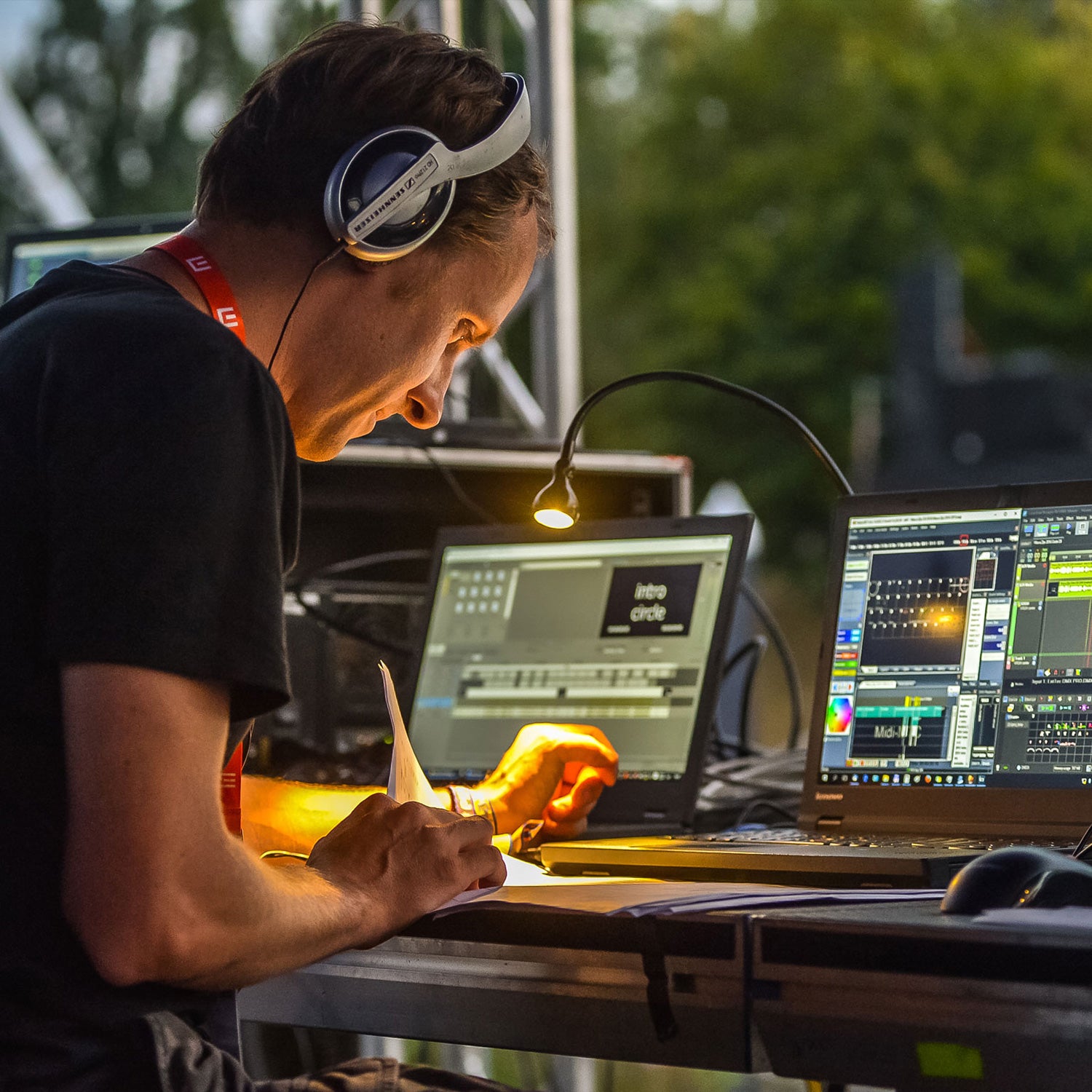
And again, 100% YES for this one.

